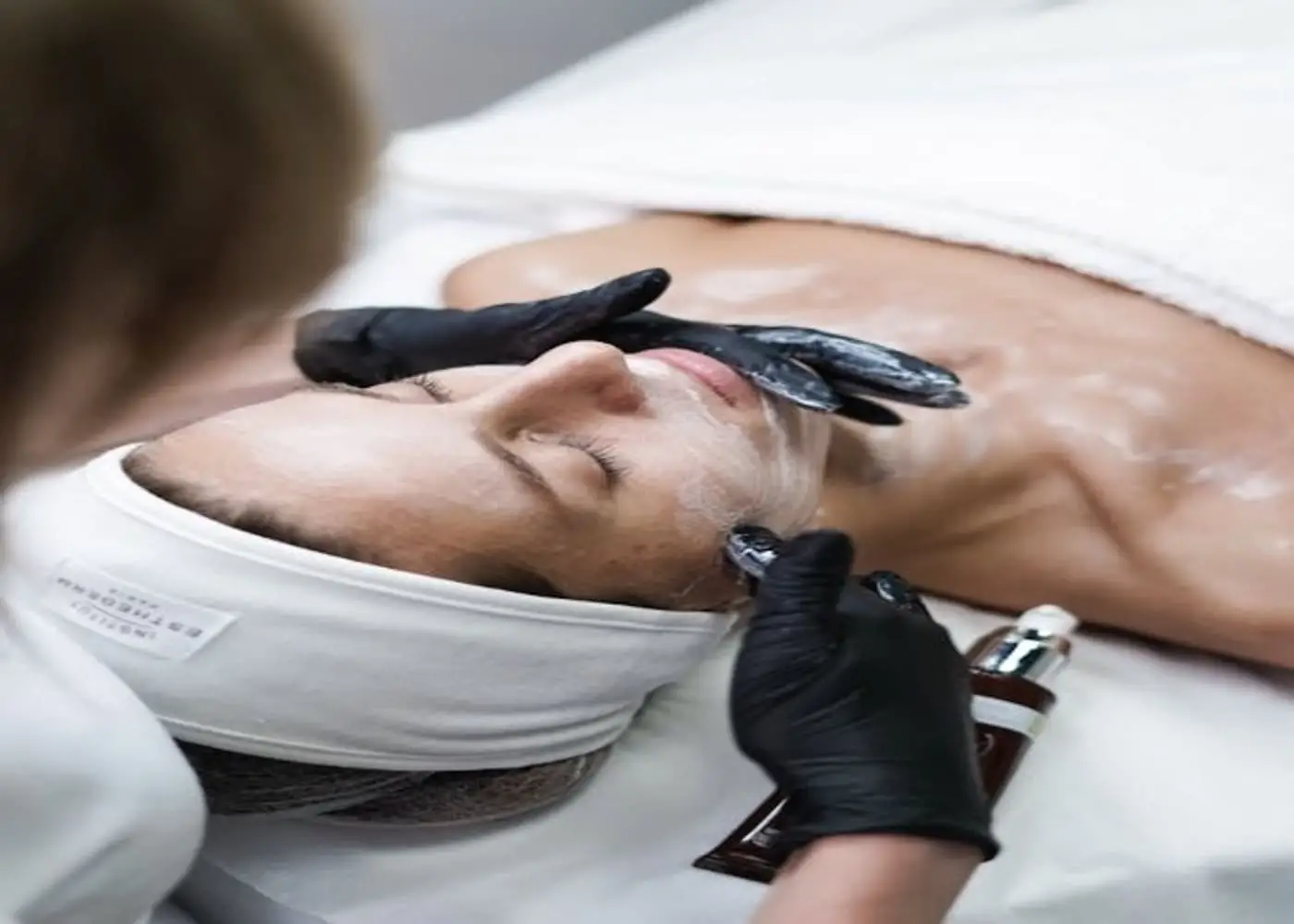Beauty treatments have changed so much over the years. In the past, people simply used facials and creams. Now, advanced injectables and skin analysis tools are setting new standards. The focus isn’t just on looking younger. It’s on making decisions that match science with personal comfort. In conversations about injectables, one question always comes up: dysport vs botox. Both are popular. Both smooth wrinkles. But their formulas and results differ slightly. Patients want to know which option suits them best. The choice isn’t only cosmetic. It involves safety, longevity, and expert guidance.
Why Injectables Are So Popular
The demand for non-surgical procedures is rising fast. The American Society of Plastic Surgeons has reported millions of injectable treatments performed each year. People want visible changes without downtime. Botox and Dysport offer that. They relax muscles under the skin, softening lines that come from expression. The effects are temporary but powerful. For many, comparing Dysport vs Botox is part of the decision-making process, since both deliver results but work slightly differently. This seems like a safer option than surgery to many.
Looking Beyond the Surface
But beauty care now goes deeper than just treating wrinkles. Technology has stepped in. Clinics are using tools that analyze skin on a microscopic level. This includes hydration, texture, pores, and damage not seen by the eye. The goal is precision. By understanding the skin fully, professionals can recommend better treatments. Injectables become part of a bigger plan.
Expert Insights
Doctors emphasize that injectables are not one-size-fits-all. Botox might last a bit longer in some patients. Dysport may spread differently under the skin, which can help in larger treatment areas. Both are FDA-approved and widely studied. Clinical trials confirm safety when used correctly. Research also shows how imaging tools like Visia improve patient trust. When patients see measurable data, they feel more confident in their decisions.
Patient Stories
Real experiences shape this revolution too. Many patients say injectables help them feel more relaxed in social and work life. Some mention a boost in self-esteem after just one session. Those who pair treatments with imaging feel reassured. They know their plan is based on evidence, not just guesswork. For many, the results go beyond appearance. It’s about feeling in control of their skin health.
Safety and Trust
Every expert repeats the same advice: provider choice matters most. Licensed professionals are trained to handle dosage, placement, and safety. At-home versions or unlicensed providers pose serious risks. Infections, drooping, and uneven results can happen without skill. Patients are reminded to research providers carefully. Trust builds the foundation for every successful treatment.
A Shift in Beauty Culture
Injectables used to carry stigma. Not anymore. Younger generations openly embrace them as normal self-care. Market reports show millennials and Gen Z see these treatments as part of wellness. They value prevention. They don’t wait until deep wrinkles form. Imaging technology reinforces this approach by showing early skin changes. The focus of the discussion has changed from "fixing" to "caring."
The Role of Imaging Technology
One standout tool is visia polarized light. It captures skin data through specialized imaging. This reveals sun damage, pigmentation, and even vascular conditions. Patients can literally see issues under the surface. Dermatologists use this data to guide treatment choices. When combined with injectables, it ensures a customized approach. People no longer guess what their skin needs. They see it clearly.
The Future of Injectables and Skin Analysis
Innovation is still accelerating. Researchers are studying new injectables that may last longer and target more areas. Imaging tools are becoming smarter, using AI to predict how skin may age. Clinics are expected to integrate multiple technologies for tailored care. This means patients will get highly personal treatment plans. The future of beauty isn’t just cosmetic it’s data-driven.
FAQs
1. What is the primary distinction between Botox and Dysport?
Both lessen wrinkles, but Botox stays localized and Dysport spreads more. A provider helps choose the right one.
2. How long do results last?
Effects usually last three to six months. Consistency in treatments helps maintain smoother skin.
3. Does Visia imaging hurt?
Not at all. It’s a painless photo-based scan that gives a deeper look at skin condition.
4. Are injectables safe for everyone?
Most people tolerate them well, but those with certain health conditions should consult a qualified doctor first.
5. Can imaging really improve results?
Yes. Imaging shows issues below the surface, allowing providers to design more effective treatment plans.
Final Thoughts
This journey isn’t about chasing a perfect face. It’s about making informed, smart choices. Injectables like Botox and Dysport give quick results. Tools like Visia add precision. Together, they create a new standard in beauty care. The future belongs to treatments rooted in science, trust, and personal confidence.

All Comment 4
Login to post a comment
No comments yet
Be the first to drop a comment